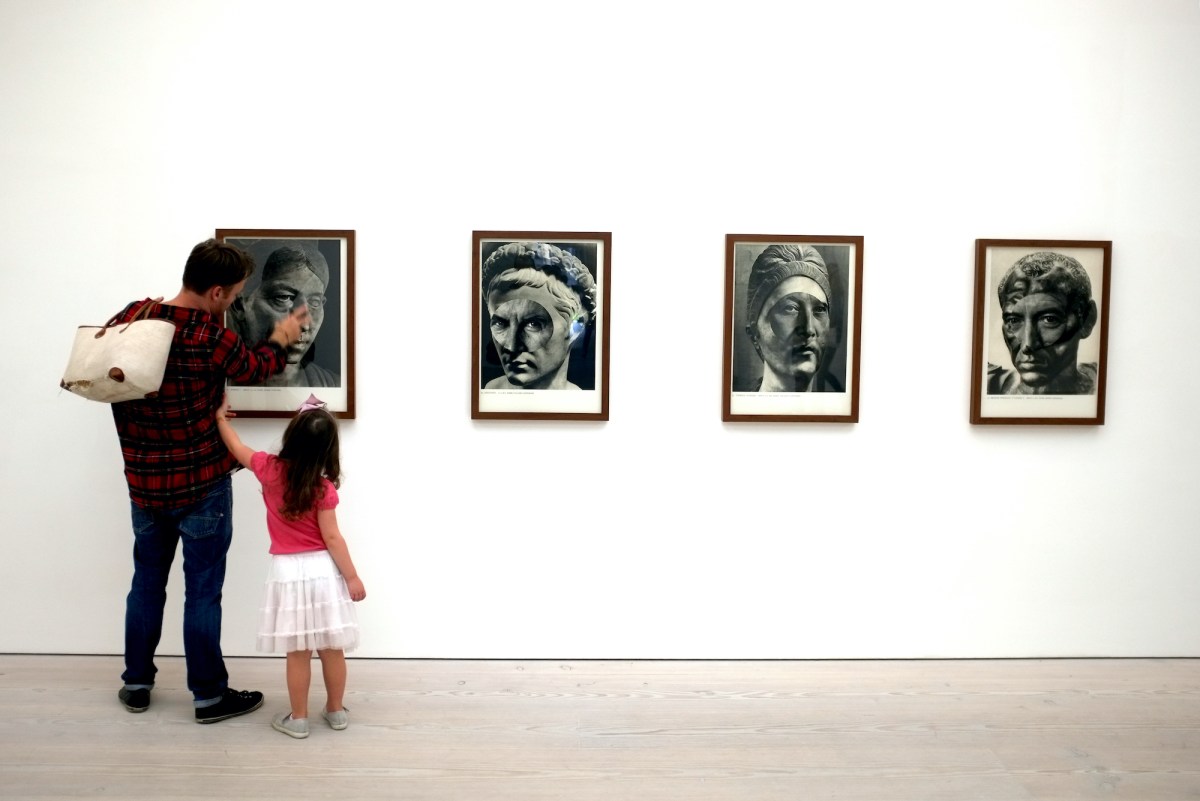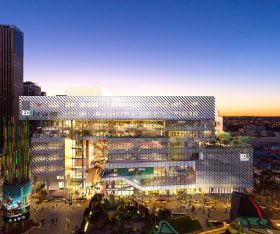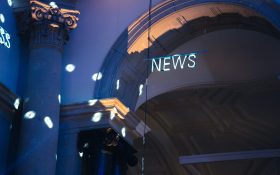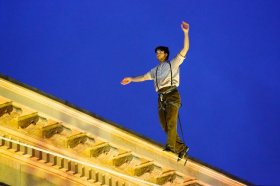Creative Australia (formerly the Australia Council for the Arts) has today (20 September) released is most recent National Arts Participation Survey (NAPS). It is the fifth iteration of the research series, which goes beyond surveying the sector to encompass all Australians and take the pulse on their level of arts engagement.
This year’s NAPS is especially interesting as it collates data from a post-COVID environment. While the results largely show a consistency with 2019 levels (prior to the pandemic) it has also identified a few “watch this space” areas for further monitoring.
The survey is about Australians’ engagement with the arts and creativity in their daily life, their views on arts and culture, including on public investment in arts and creativity, and how engagement with creativity may be changing.
Key data identified:
- 97% of Australians engage with the arts
- 84% acknowledge positive impacts of arts and creativity
- 73% believe that First Nations arts and culture are an important part of Australia’s culture
- fewer, however, now think First Nations arts are well-represented in Australia (47%, down from 51% in 2019)
- 61% agree culture and creativity should receive public funding, and
- 68% attended arts events or festivals in person in 2022, the same proportion as in 2019; however, Australians are now attending less frequently.
Points of concern
The 200-page research report is data rich, and the longitudinal insights offered are important for both policy development, especially currently when it feels as if so much is in flux across the sector, and wider public opinion.
This is why changes in data are so important as a focal point.
Among them, this year’s survey finds that while the same proportion of Australians attended events and festivals as in 2019 and 2022, they are now attending less frequently. Weekly attendance has dropped across all art forms, with Australians choosing only to attend every few months.
While the data shows that they still value the arts and participating in them, the cooling of action is of some concern. The report additionally states that half of all Australians are not attending as much as they would like to, rising to 49%, up from 42% before the COVID-19 pandemic. Creative Australia has flagged this as an issue to monitor, to ascertain whether it is due to lingering vestiges of COVID-19, a dampening economy or a ‘more enduring shift in behaviour’.
The numbers have been attributed to cost and location as the main barriers to arts attendance, and cost of living pressures. So if there is the desire to attend, these impediments suggest a need for more lower cost or free events. They also suggest that access to events including transport, is an important factor to consider.
It appears that, for whatever reason, people are not able to attend, or are not attending quite as often as they did back in 2019. It’s not that a whole cohort of potential arts scholars has been lost over the last three years.
There is also the feeling that behaviours have changed slightly, however, with fewer long-term subscriptions pre-purchased, and more last-moment single tickets purchased, indicating either a loss of confidence, financial constraints or changed behaviour.
Another concern highlighted in the research is falling reading rates (see below).
Arts and well-being offer a tick upwards in data
On the upswing, half of Australians believe in the benefit the arts can offer to our well-being (the same as before COVID-19). Interestingly, however, there has been an increase in those who are attending specifically to improve their well-being (from a quarter to a third), suggesting that more people may be acting on this awareness.
Creative Australia describes this as a ‘substantial increase’ statistically – 32% in 2022, up from 25% in 2019. The data suggests that people may now be more likely to act on their belief that the arts benefit their well-being and, in particular, this is true for those living in remote areas.
NAPS 2022 also found that almost half of Australians said that creative activities and experiences helped with their mental health or well-being during the pandemic.
Music versus reading versus making
When it comes to people participating creatively themselves, the numbers again remain consistent with 2019, with almost half of Australians (44%) saying they ‘create art’, by playing an instrument, writing creatively, dancing or making/crafting.
Younger Australians are the most engaged creatively, with 68% of 15- to 24-year-olds producing some form of art in the past 12 months.
Streaming services for music have come to dominate music habits for almost all Australians (91%). However, they are not paying for music – that is buying CDs and paying for downloaded music – a finding consistent with industry reporting.
The results for reading, however, are not as favourable. While more than two-thirds of Australians read for pleasure, the number is down from 2019 – dropping from 72% to 69%. The finding is consistent with ABS (Australian Bureau of Statistics) data, which also shows a decrease in reading among children. Creative Australia says, ‘While we’re not clear whether the impacts of COVID have driven these changes, this is something we also want to monitor.’
During the pandemic, people were spending much more time on screens in various forms. So it’s now a case of trying to understand what impact that has had and what’s happening with Australian reading habits now.
A National Reading Symposium on 21 September, presented by Creative Australia and Australia Reads, will discuss these falling reading rates.
Youth engagement offers positive picture
In tandem with those engagement habits, the NAPS found that young Australians (aged 15–24) are the most highly engaged group with close to nine in 10 attending arts events, and almost half wanting to attend more. The previous two NAPS had indicated an exponential growth in the area of digital engagement.
When considering definitions of creative engagement, for this age group in particular that intersection with digital engagement offers some interesting outcomes. For example, do they perceive making videos on TikTok as a creative engagement? While NAPS dives into what constitutes digital engagement, this is an area ripe for further research. As an outcome, Creative Australia has identified this as a further area for study – expanding on the way that people are digitally engaged, and unpacking what has become so ubiquitous.
The upside in the 2022 NAPS is that not just the younger age group, but all Australians are also increasingly engaging with the arts online – 88%, which is up from 82% in 2019. This indicates that people ‘value the flexibility of accessing arts and creativity through digital avenues’.
Participation and diversity
The survey shows that nearly a third of Australians connect with, and share, their cultural background through arts and creativity by attending arts and cultural events and/or making art.
Respondents identifying as CALD (culturally and linguistically diverse) are more likely than non-CALD respondents to attend arts events, create art and recognise the positive impacts of arts and creativity. CALD respondents are almost twice as likely to attend First Nations arts and cultural activities as non-CALD respondents.
First Nations respondents have very strong arts attendance. Almost all recognise the positive impacts of arts and creativity. The majority of Australians continue to agree that First Nations arts are an important part of Australia’s culture, and interest has remained steady. However, fewer now think that First Nations arts are well-represented in Australia.
Respondents with disability are among those most likely to creatively participate in the arts. However, they are less likely to attend and are underrepresented in festival audiences. They also face more barriers to arts attendance than respondents without disability, and are most likely to experience difficulties getting to arts events.
Creative Australia will follow NAPS with a series of snapshots coming out over the next year, adding to key areas such as how socioeconomic backgrounds interact with arts engagement, and how Australians’ engagement with arts and culture interacts with their experiences of health, among others.
The 2022 survey was conducted in September/October 2022 and the results are based on a nationally representative sample of 9396 people. They are conducted every three years, with earlier iterations delivered in 2009, 2013, 2016 and 2019.





